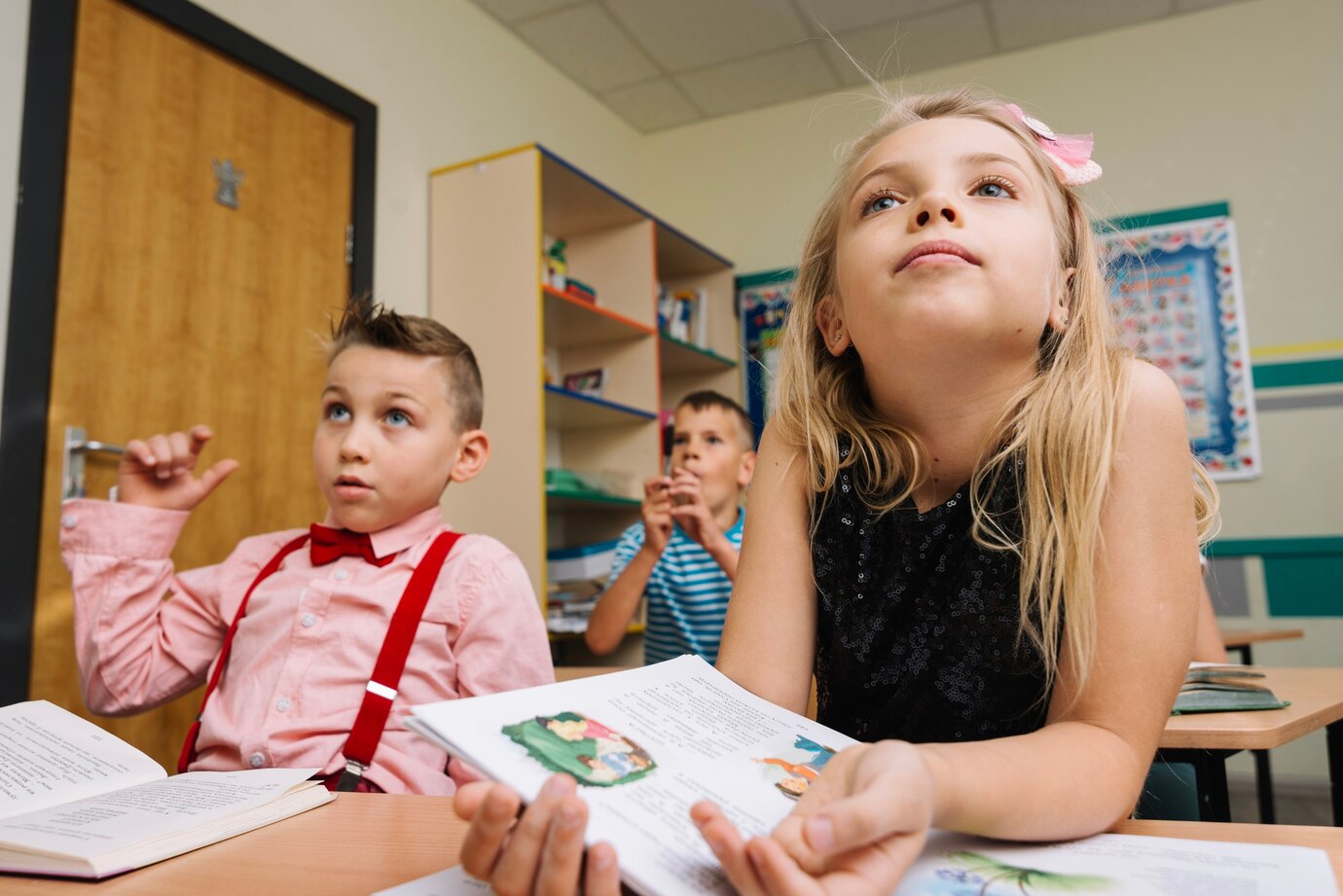As the new school year approaches, teachers everywhere are gearing up to create classrooms that are not just places of learning but also spaces where students feel welcome, motivated, and engaged. Here’s a guide packed with practical tips and strategies to help you set up an inviting classroom, keep students interested, involve parents, manage your time effectively, and integrate technology seamlessly.
Classroom Environment
Tips for Creating an Engaging and Inclusive Classroom
A classroom's setup can greatly influence how our students feel and learn. Here are some tips to make your classroom a space where every student can thrive:
- Desk Arrangement: Think about how your desk setup can promote interaction. Arranging desks in clusters or a U-shape can encourage group work and discussions. Make sure every student can see the board and feels like a part of the classroom community.
- Welcoming Atmosphere: Add a personal touch to your classroom with student artwork, motivational quotes, and vibrant displays. Use bulletin boards to celebrate achievements and diversity, showcasing a variety of cultures and backgrounds.
- Comfortable Spaces: Create cozy corners for reading and quiet time. A few bean bags, a rug, and a bookshelf stocked with a range of books can make a big difference. Having distinct areas for different activities can help students feel more at home.
- Inclusive Resources: Ensure your classroom materials reflect the diversity of your students. Include books and posters that represent different cultures, languages, and experiences, helping every student feel seen and valued.
Staying Updated with ELT Methodologies and Technologies
To keep your teaching fresh and effective, stay abreast of the latest in English Language Teaching (ELT). Attend workshops, join online communities, and subscribe to educational journals. Embrace new teaching strategies and technologies that can make your classroom more dynamic and engaging, and your lessons a unique experience that everyone will cherish.
Student Engagement
Strategies for Keeping Students Motivated and Engaged
Maintaining student motivation and engagement is essential for effective learning. Here are some strategies to keep students interested and active participants in their education:
- Interactive Activities: Incorporate fun and interactive activities like games, role-plays, and debates. These not only make learning enjoyable but also encourage active participation.
- Learner-Centered Approaches: Empower your students by making them active participants in their learning. Involve them in setting goals and making decisions about classroom activities.
- Building Relationships: One of the most rewarding aspects of teaching is building strong relationships with your students. Take the time to get to know each student individually—learn about their interests, strengths, and challenges. This not only helps you tailor your teaching to meet their needs but also fosters a sense of trust and respect. When students feel understood and valued, they are more likely to engage and thrive in your classroom.
- Real-World Connections: Make learning relevant by linking lessons to real-life scenarios. Use current events, popular culture, and student interests to design lessons that resonate.
- Regular Feedback: Give frequent, constructive feedback. Celebrate your students’ successes and offer guidance on areas for improvement. This helps them stay motivated and aware of their progress.
Communication and Parent Involvement
The Value of Clear Communication
Clear communication with students and parents is essential. Here are some tips to foster strong communication and parental involvement:
- Open Channels: Keep the lines of communication open with regular updates through emails, newsletters, and parent-teacher conferences. This helps parents stay informed about what’s happening in the classroom.
- Parent Involvement: Get parents involved in their child’s education. Organize events like open houses, workshops, and volunteer opportunities. Encourage them to share their skills and knowledge with the class.
- Feedback Mechanisms: Make it easy for parents to give feedback and ask questions. Use surveys, suggestion boxes, or regular meetings to address their concerns and build a strong school-community relationship.
Time Management
Effective Time Management Techniques
Managing time effectively is crucial for staying on top of your responsibilities. Here are some techniques to help you stay organized:
- Prioritize Tasks: List your tasks and prioritize them. Focus on completing the most important and urgent tasks first.
- Use a Planner: Keep track of your schedule with a planner or digital calendar with alerts and reminders. This helps you allocate time effectively and ensures you don’t miss important deadlines.
- Set Boundaries: Maintain a healthy work-life balance by setting clear boundaries. Avoid overcommitting and make sure you have time to rest and recharge.
- Delegate Responsibilities: Whenever possible, delegate tasks to students or colleagues. This not only helps you manage your workload but also empowers others to take on responsibilities.
Technology Integration
The Role of Technology in Modern ELT
Technology can be a powerful tool in modern ELT. Here’s how to integrate it into your classroom:
- Digital Resources: Use digital resources like e-books, online articles, and educational websites to provide diverse and up-to-date content for your students.
- Online Platforms: Platforms like Google Classroom, Edmodo, and Moodle can help you manage assignments, share resources, and facilitate discussions. They also make communication with students and parents easier.
- Interactive Tools: Incorporate tools like Kahoot, Quizlet, and Nearpod to make your lessons more engaging. These tools offer interactive quizzes, flashcards, and presentations that boost student participation.
- Multimedia Content: Use videos, podcasts, and interactive simulations to cater to different learning styles. This makes lessons more dynamic and engaging for all types of learners.
Conclusion
Getting ready for the new school year is more than just setting up desks and arranging supplies. It’s about creating a space where students feel welcome, engaged, and excited to learn. By staying updated with ELT methodologies, keeping students motivated, communicating effectively with parents, managing your time well, and embracing technology, you can create a classroom environment that is both inclusive and dynamic. As we embark on this new academic year, let’s commit to making our classrooms places where every student can thrive!

